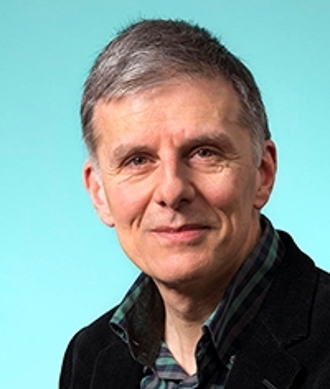Barrier for conventional computers
A modern-day smartphone has more computing power and memory than a supercomputer had in the 1970s, and this trend shows no signs of stopping. But this sort of conventional computer is running up against an insurmountable barrier. A well-known example of such a barrier is the task of determining the shortest distance between cities. With twenty cities, a conventional computer can navigate all possible routes, but each additional city multiplies the number of routes. Increase that number to just one hundred cities, and it would take centuries to find the shortest route.
A quantum computer finds the shortest route not by determining the length of all the routes, but rather by comparing all of them in one go, after which the shortest route pops out almost immediately. It may sound like magic, but it has been proven to be theoretically possible.
The same is true for many scientific calculations: we know how they should be carried out, but the number of possibilities soon exceeds the capacity of a conventional computer. Once that barrier is removed, we will be able to compute what molecule would be the perfect medication for a given illness. Or what substance continues to be superconducting at room temperature, which would have a tremendous impact on our energy supply. In many cases we would also be able to substitute very expensive experiments with much cheaper and practically perfect quantum computer simulations.
Development of the quantum computer has gained great momentum over the last few years, and many experts now think that one could be built in around ten years. Leiden physicists maintain intensive contact with QuTech, a large, Microsoft-sponsored collaborative effort between research groups in Delft. Leiden serves as a sort of think tank for the futuristic quantum factory QuTech.
In search of the ideal qubit
For a conventional computer, the smallest unit of information is the bit, which has a value of either 0 or 1. Physically, a bit can take the form of a little electronic switch that is either on or off. Any modern microprocessor contains millions of these. In contrast to the conventional computer, the quantum computer computes using the qubit, which has the value of both 0 and 1 in a variable mix. A qubit is something that cannot be comprehended using one’s common sense. It is the product of the almost magical quantum world.
Correctly functioning qubits are the key to the quantum computer. In Leiden, research is being conducted on various types, such as the qubit formed by a pair of Majorana particles, and the qubit that consists of a single electron trapped in a microscopic cage, a quantum dot.
The quantum computer contains superconducting components, which electric current can pass through without resistance. That can only happen at temperatures of around 270 degrees below zero. Leiden physicist have many years of expertise in superconductivity and working with extremely low temperatures.
Cracking the codes
Even just the possibility that a quantum computer will someday be built is already having an impact. RSA, a widely used encryption code which has yet to be deciphered, could be cracked by a quantum computer in no time. Intelligence services are aware of this and are storing intercepted RSA-encrypted data. So, you can no longer use RSA for data that you want to keep secret for at ten years or longer.
If scientists succeed in building the quantum computer, it will not become a competitor for the PC or the tablet. Theoretical physicist Carlo Beenakker explains why: ‘It will be an enormous machine, as large as a gymnasium, and it will cost a couple of billion euros. But that’s not a problem. It costs that much to build a microprocessor factory, too, and those still get built.’












